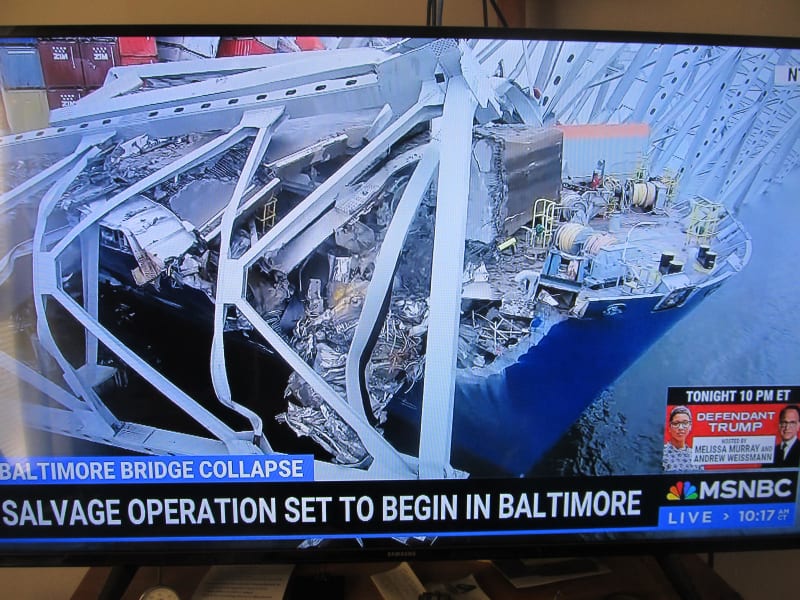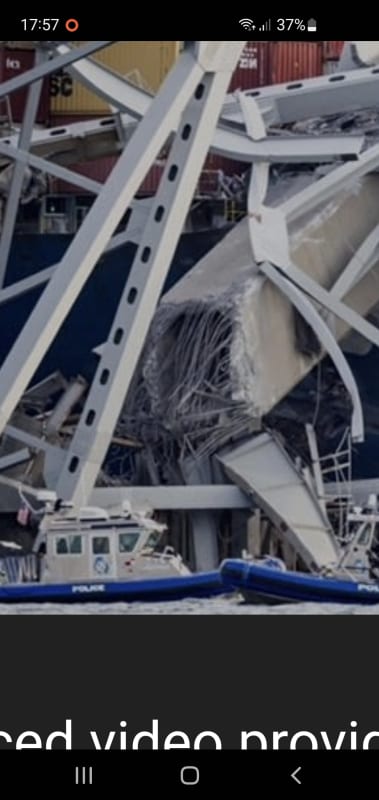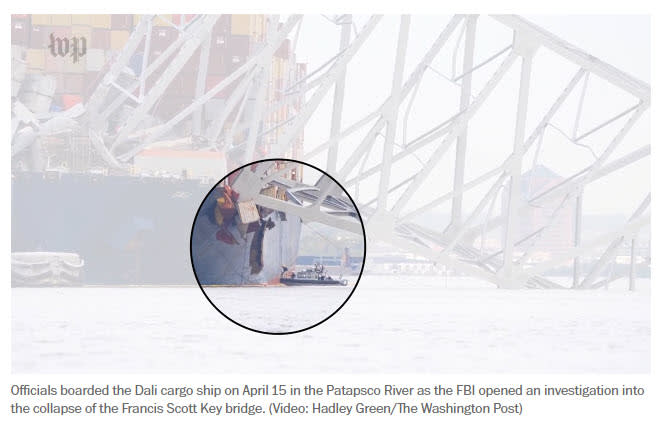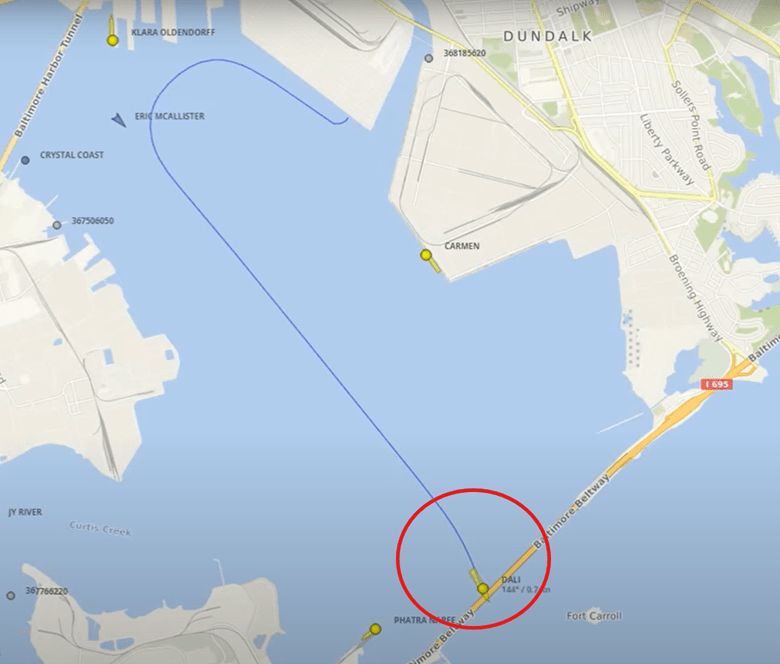Tomfh
Structural
- Feb 27, 2005
- 3,586
Follow along with the video below to see how to install our site as a web app on your home screen.
Note: This feature may not be available in some browsers.
where (in the US at least) there are defined sets of collision cases to design for.


MintJulep said:Conceptually, you could get around this challenge with many small dolphins. A small ship would engage with only a few, while larger ships engage with many. Then is becomes a problem of space.



